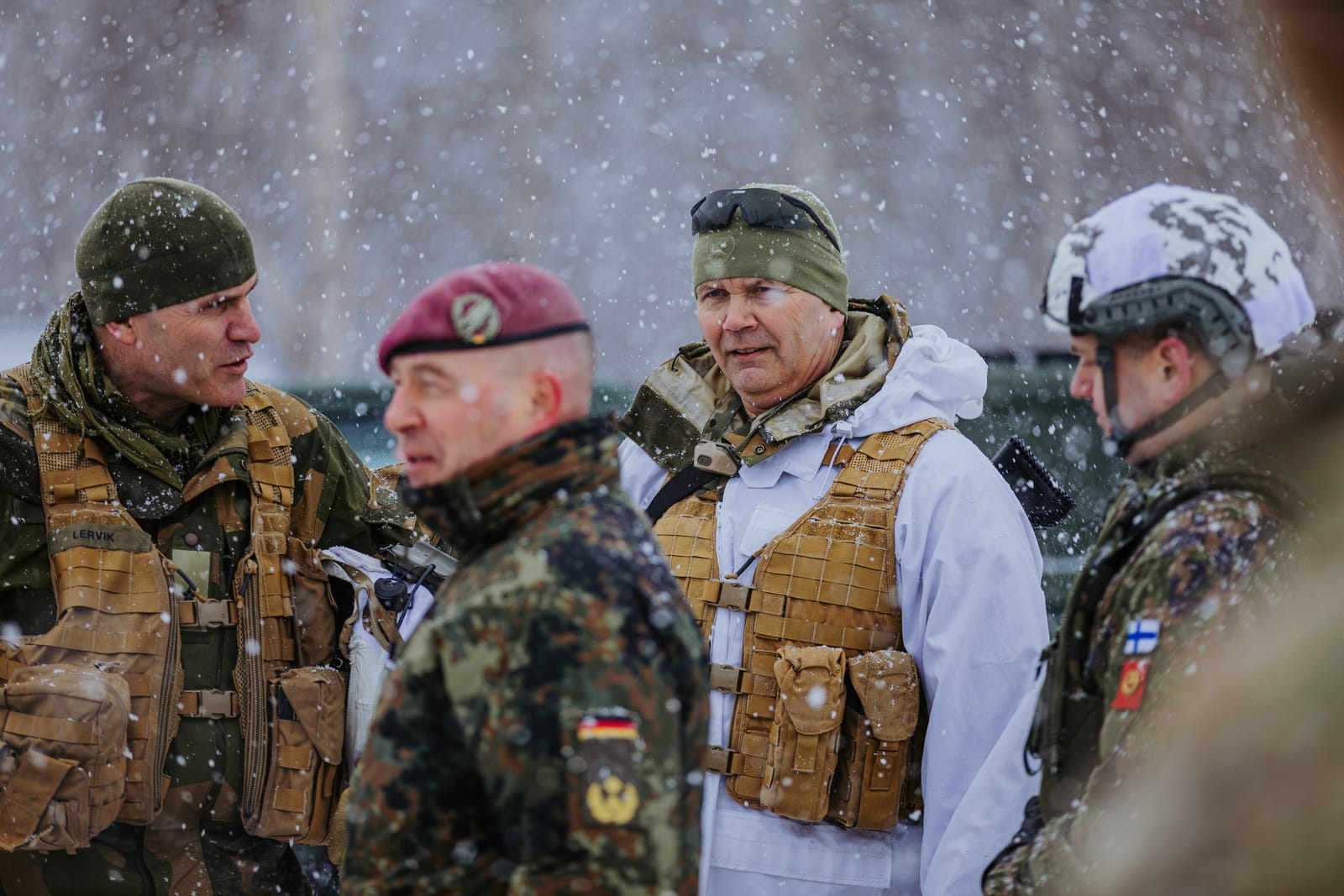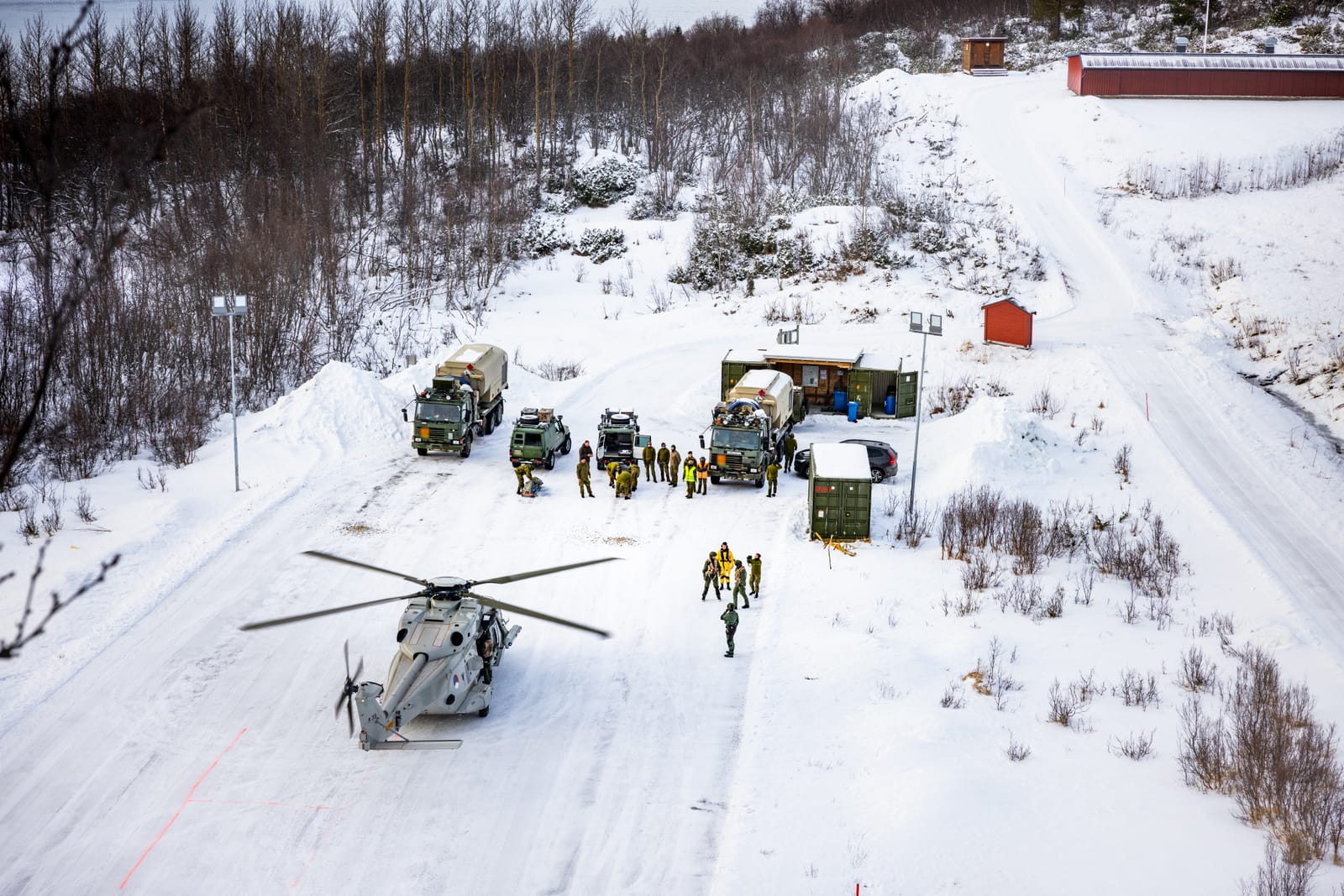The latest Marine Corps concept publication, A Concept for Stand-in Forces (SIF), introduces integrated deterrence.1 The publication frequently cites deterrence as an essential part of strategic competition, the competition continuum, and as an effect the SIF can achieve. Deterrence theory is simple bugt achieving the effect in reality is complex because of the dependence on how the deterred assesses and perceives the credibility of the deterrent. The aim is to prevent someone from attacking you or an ally.2 The credibility of the deterrent is the key.3 The SIF concept is part of deterrence by denial, meaning denying an adversary any hope of achieving what it wants by invading.4 The SIF concept further expands on the previously published Expeditionary Advanced Base Operations concept (EABO).

The Tentative Manual for EABO outlines six characteristics of EABO: stand-in forces, mobility, persistence, low signature, integrated naval forces, and cost effectiveness.5 The SIF concept is therefore a precondition for EABO that highlights the importance of the reconnaissance and counter-reconnaissance (recce/counter recce) fight in the competition continuum. It also emphasizes integration and completing kill webs with the Navy and the rest of the U.S. joint force (JF). It describes the complexity of sustainment in a decentralized concept in a contested environment. Furthermore, it emphasizes allies and partners, but it says little about integration and interoperability with them. The Norwegian Armed Forces (NAF) also has a deterrence by denial approach as the SIF concept. As the Marine Corps still is a vital part of Norwegian deterrence towards Russia, how should the NAF and Marine Corps plan and conduct integrated deterrence?6 If integrated deterrence is to be credible, the ability to conduct combined operations must increase, especially within recce/counter recce, kill webs, and sustainment to achieve a higher level of interoperability than today.
This article explores integrated deterrence in the context of the SIF concept and the new Norwegian Army Development Concept.7 Even though the Marine Corps focuses its Force Design 2030 and concept development on the Indo-Pacific theater and China as the pacing threat, it is also important to show how this can contribute to deterring Russia. This article is also relevant for countries
in the Pacific region that collaborate closely with the Marine Corps. Even though the Marine Corps is not planning to operate with a permanent SIF force in Norway, an adapted concept represents potential in the High North and Norway. The NAF could perform as a permanent allied SIF force aligned
with the SIF concept, and the Marine Corps, as a high readiness force, can
rapidly plug into the NAF in a crisis. We will focus on conventional deterrence
and not nuclear deterrence since the former is most relevant in the Marine Corps and the NAF relations. The SIF concept states:
SIF also practices ‘integrated deterrence,’ which means they coordinate their activities with the joint force, interagency, and allied and partnered nations to achieve greater results than could be gained by acting alone.8
Integrated deterrence is something that the U.S. Secretary of Defense Lloyd J. Austin III has repeatedly advocated in relation to all domains, interagency, and allies and partners.9 Integrated deterrence is therefore much more holistic than a NAF-USMC collaboration.10 The NAF and the Marine Corps will not deter Russia alone in the High North; together they can make a valuable contribution. Regardless, it is still helpful to look at the NAF and Marine Corps in this context and how that collaboration can support a U.S. and Norwegian integrated deterrence. Both are critical integrators for the Norwegian Total Defense and the U.S. JF. We will therefore look at deterrence from primarily a military perspective.
Recce/counter-recce
The SIF concept states that winning the recce/counter-recce fight in the competition continuum is imperative to give decision makers an advantage in situation awareness relative to the adversary, and at the same time, deny the adversary the ability to collect information on our own forces.11 Winning this battle applies in all domains and supports deterrence, namely deterrence by detection.
This is highly relevant in a gray zone under the threshold of armed conflict. In this situation, the competitor has to weigh the cost and benefits of interfering in a foreign country when the likelihood of being detected is high.12 Russia is known for its fait accompli approach to armed conflict, either through a gray-
zone approach (Ukraine 2014–2021) or as a rapid land grab attack (Georgia
2008). Either way is challenging for a country like Norway.13
In an integrated intelligence, surveillance, reconnaissance, and targeting (ISR-T) process as described in the SIF concept, handling both gray-zone scenarios and a surprise attack will be crucial for credible deterrence. In the first scenario, the ISR-T has to disclose Russian activity on Norwegian territory in peacetime, which in Norway mainly is a police responsibility concerning internal security, supported by the Coast Guard and the Army Border Guard. The Norwegian Intelligence Service
handles external security threats to Norway, supported by the National Joint Headquarters. To integrate the Marine Corps in peacetime intelligence
collection will be challenging from a legal perspective because of Norwegian
laws.
The other scenario, of a rapid surprise attack on parts of Norway, demands
quickly collected intelligence to target high payoff assets to deny Russia free-
dom of action in or in the vicinity of Norwegian territory. To do this, the Marine Corps and NAF have to solve both technical and procedural issues. We can do parts of this today but not with the speed and precision needed.
The Norwegian Army is implementing its Army Command Control Communication Computing Information System. The Army Command Control Communication Computing Informa tion System needs to be plugged into a similar Marine Corps system connected to the future U.S. Joint All Domain Command and Control system.14 Too many legal and bureaucratic hurdles in place today hinder the smooth sharing of information between the two countries. Technologically, it is doable but not without problems. The SIF concept mentions that a select number of allies and partners should integrate into a common operational picture.15 We take for granted that Norway is one of those allies. Interoperability is key to success for coalition warfare and credible integrated deterrence. Today, we see a cumbersome U.S. DOD foreign disclosure process and national systems with limited ability to share information promptly between nations, even with close NATO allies. The DOD and the NAF need to address this to speed up the ISR-T process, especially concerning targeting.
Kill Webs

The SIF concept uses the term kill webs to describe the network of sensors, effectors, and decision makers. Kill webs connect to the previously described ISR-T but with an emphasis on the weapon systems. Kill webs have evolved from the term kill chain that Christian Brose’s book with the same name made popular. The kill chain also derives from the traditional targeting process. The reasoning behind kill webs is that a web is less vulnerable to adversary attacks than a chain and creates increased flexibility and complexity.
The Marine Corps is investing in several weapon systems that will fit into this web: the anti-ship missile system NEMESIS, increased investments in the long-range rocket system HIMARS, armed MQ9 Reaper unmanned aerial systems, and a considerable number of F-35 fighters in addition to unmanned platforms with loitering munition. The Marine Corps will be part of the larger U.S. JF kill web, enabling other Services and the future Joint All Domain Command and Control.

The NAF is also investing in new systems that can be part of an integrated kill web; new submarines, P-8 maritime patrol aircraft; F-35A with the integration of the Joint Strike Missile (JSF), all surface combatants have the advanced Naval
Strike Missile; and the Army has newly fielded the K9 howitzer and will invest in long-range missiles in the near future. The new Norwegian Army Development Concept introduces a framework for integration and convergence for the NAF, civil authorities, and allies, ensuring that the sensors, effectors, and decision makers on different levels and in different units constitute more than the sum of their parts.16 Again, it is a question of technical and procedural interoperability.
Based on lessons learned from the Afghan Mission Network, NATO is developing the Federated Mission Network (FMN). The FMN is “to support affiliates in the conduct of their missions by efficient and effective information management, enabling information sharing between NATO, the Nations, and their respective Communities of Interest.”17
The United States is on its side developing the Mission Partner Environment capabilities to “enable the joint force to share information and exchange data with mission partners through all phases of operations.”18 These two initiatives by NATO and the United States consist of Coalition Interoperability Assurance and Validation Support requirements. To a certain degree, we both are using NATO doctrine for the targeting process. Legal issues to prosecute targets in a foreign nation are usually covered in a Standard of Forces Agreement. Still, we will initially have our national chain of commands that will make this difficult. Especially if the situation is unclear and the Norwegian Government has not delegated war authorities to the NAF.
The Marine Corps and the NAF conduct live fire training in Norway to increase joint fires proficiency. Still, there is an urgent need for more realistic training with the whole of the NAF, including the Norwegian Navy, to be able to integrate, coordinate, and deconflict fires in all domains as a step towards an integrated kill web.
Sustainment
Sustainment is described as one of the key challenges in the SIF concept. The distributed concept of EABO with small units scattered over a vast area in a contested environment constitutes many challenges for the Marine Corps and especially for logistics. However, this does not need to be a big challenge in Norway. The Marine Corps has stored equipment and supplies in Norway through the Marine Corps Prepositioning Program-Norway since the early 1990s. For the future, this program needs to be updated with equipment, supplies, and spare parts for the equipment listed earlier in this article, especially the high-demand, low-density equipment, and key enablers. In addition, as Norway is a host nation (HN) responsible for receiving and supporting allied reinforcements, it has established a Joint Logistics Support Group (JLSG) HQ as part of a NATO initiative to coordinate and provide logistic support to allied and especially U.S. forces.19 Therefore, the Marine Corps already has functional logistical support in Norway providing necessary support for the Marine Corps to reduce the logistical strain from the United States. Furthermore, to facilitate the reception, staging, onward movement, and integration but also support operations, Norway has already in place a Host Nation Support Battalion specially designed to support Marine Corps units. The Joint Logistics Support Group and Host Nation Support Battalion can be expanded if required. The Total Defence Concept (TDC) in Norway represents opportunities to support the sustainment of the SIF concept.20 Norway’s HNS concept is closely integrated with the TDC. The TDC is a whole-of-nation concept based on mutual military and civilian cooperation and support in peace, crisis, and war. In peace and crisis, the military will primarily support civil society with different capabilities. In war, civil society, both public services and private companies, will support the military in its war effort. The Marine Corps can plug into this system to reduce the logistical footprint. This is especially relevant in the remote communities where the Marine Corps will establish EABs, which can
provide access to infrastructure, local knowledge, contracting, and support. All of this is manageable by planning, updating existing MCPP-N and agreements, and conducting rehearsals and realistic exercises. That will further challenge the exercise pattern between the NAF, the Marine Corps, and the U.S. JF today.21
Conclusion
The SIF concept is the latest evolution in developing the previously released EABO concept. The SIF concept emphasizes deterrence in general and specifically integrated deterrence. Integrated deterrence is a coordinated and integrated whole-of-government approach with allies and partners. For deterrence to work, the perception of the adversary is that the deterrent’s posture is credible. The SIF concept and the NAF have a similar deterrence by denial approach. Even though the Marine Corps is not planning to operate as a permanent SIF in Norway, we find an adapted SIF concept highly relevant for the High North. The SIF concept emphasizes the recce/counter-recce fight, kill webs, and sustainment integrated with the U.S. JF. The SIF concept highlights the importance of allies and partners but puts limited focus on integration and interoperability. We consider these aspects key to a credible combined concept and thus credible integrated deterrence, especially through U.S. JF integration and interoperability with the
HN. In an armed conflict in the High North, the NAF and the Marine Corps will be key integrators for the Norwegian Total Defense Concept, NATO, and the U.S. JF. The challenges to truly integrating and having a high level of interoperability within recce/counter recce, kill chain, and sustainment are not unsolvable. Thorough planning, changes to current national procedures, updating current bilateral agreements, early integration in procurement, and realistic training, exercises, and rehearsals are crucial to improving interoperability. The Norwegian Army Development concept introduces a framework of convergence and integration that we think is highly relevant to get the NAF and the Marine Corps to be better integrated and interoperable. The Marine Corps has to understand the limitations of what it can do as a SIF in a sovereign state, especially prior to armed conflict. We must dare to fail during realistic joint and combined training and exercises to develop a common ability to thrive and win in the environment of the High North and in a contested space.
Notes
- Headquarters Marine Corps, A Concept for Stand-in Forces, (Washington DC: November 2021). There is uncertainty about what the U.S. Government means by integrated deterrence. The State Department and DOD are currently working on a joint understanding of this term and concept. Multi-domain deterrence is another term that covers more or less the same meaning. Critics, such as Michael Mazzar, see no major difference between what the United States has done in the past and the new integrated deterrence.
- Michael J. Mazzar, “Understanding Deterrence,” (Santa Monica, CA: RAND, 2018).
- Paul K. Huth, “Deterrence and International Conflict: Empirical Findings and Theoretical Debates,” Annual Review of Political Science, (San Mateo, CA: Annual Reviews, 1999).
- A Concept for Stand-in Forces; and “Understanding Deterrence.”
- Headquarters Marine Corps, Tentative Manual for EABO, (Washington, DC: February 2021).
- Terje Bruøygard and Jørn Qviller, “Marine Corps Force Design 2030 and Implications for Allies and Partners Case Norway,” Journal of Advanced Military Studies, (Quantico, VA: Marine Corps University, Fall 2020).
- MGEN Lars Lervik, Konsept for Utvikling av Hæren, Morgendagens Hær, (Heggelia: Hærstaben, February 2021).
- Gen David Berger, “The Marine Corps and the Future of Warfare,” The Brookings Institute, (May 2021), available at https://www.brookings.edu.
- Department of Defense, “Defense Secretary Says ‘Integrated Deterrence’ Is Cornerstone of U.S. Defense,” (April 2021), available at https://www.defense.gov.
- An integrated deterrence between the United States and Norway has to factor in a whole of nation approach, NATO, and the political will to commit to an armed conflict in a timely manner.
- A Concept for Stand-in Forces.
- Thomas G. Mahnken et al., Deterrence by Detection: A Key Role for Unmanned Aircraft Systems in Great Power Competition, (Washington, DC: CSBA, 2020).
- Jøern Qviller, “The Fait Accompli and A2/AD Dilemma in Northern Europe: A New NATO Operating Concept to Counter Russia,” (master’s thesis, Marine Corps University, April 2020).
- Congressional Research Service, Joint All Domain Command and Control: Background and Issues for Congress, (Washington, DC: March 2021).
- A Concept for Stand-in Forces.
- Konsept for Utvikling av Hæren, Morgendagens Hær. The Norwegian Army’s framework of convergence is based on the U.S. Army concept of convergence.
- NATO, Federated Mission Networking, COI Cooperation Portal is available at https://dnbl.ncia.nato.int.
- J-6 Chairman of the Joint Chiefs of Staff Instruction, Requirements Management Process for Mission Partner Environment CJCSI 6290.01
(Washington, DC: September 2019). - Solberg Regjeringen, Prop 14s, (Oslo: Departementenes sikkerhets-og serviceorganisasjon, 2020).
- Frank Bakke-Jensen, The Defence of Norway: Capability and Readiness: Long Term Defence Plan 2020, (Oslo: Norwegian Ministry of Defence, 2020).
- The Norwegian Government, Støtte og Samarbeid; En Beskrivelse av Totalforsvaret I Dag, (Oslo: 2018).











